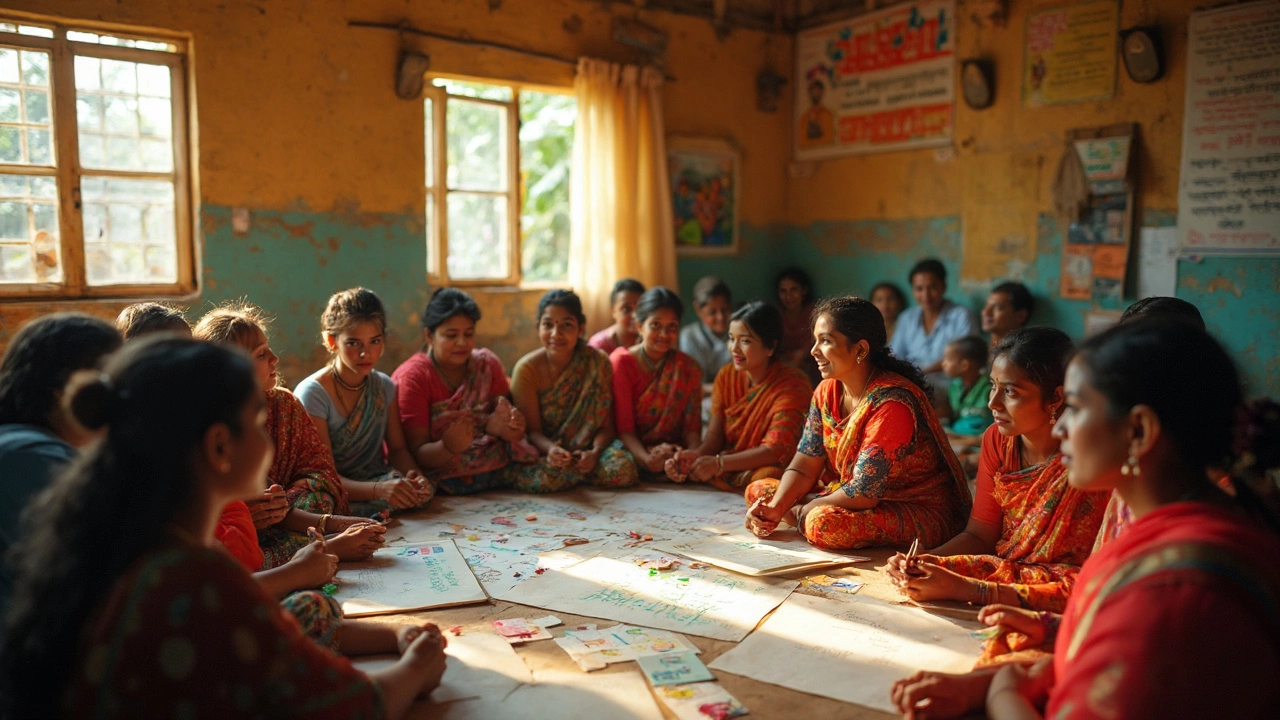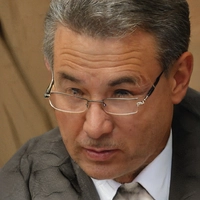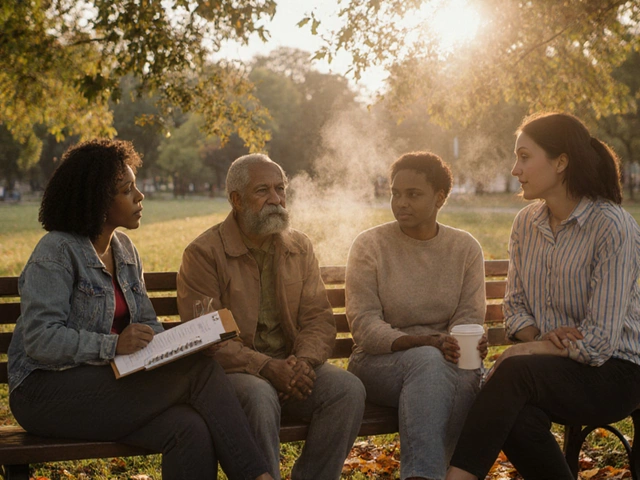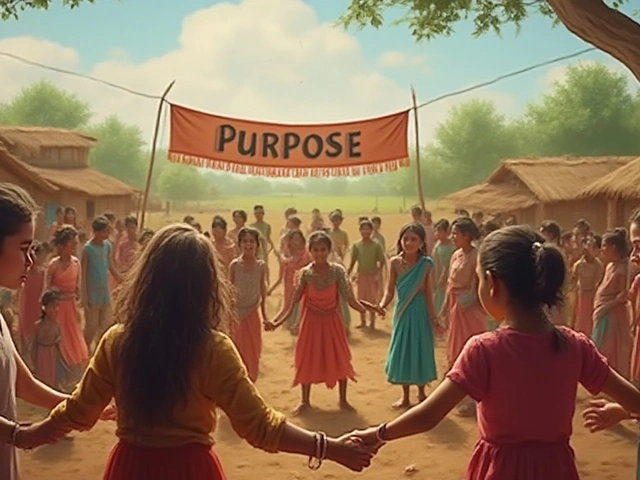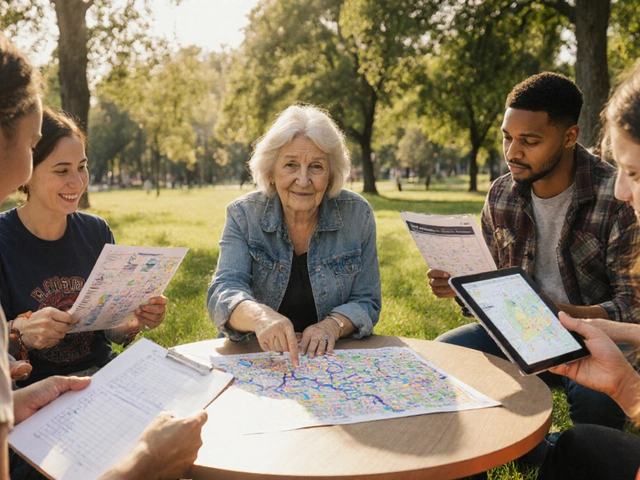Most community outreach programs never get off the ground because everything feels hopelessly complicated. But organizing one isn’t some mysterious art—it’s just a matter of taking the right steps, in the right order, and not getting stuck on the details.
First off: figure out who you’re actually trying to help. Don’t assume, ask. Spend 10 minutes talking to folks in the neighborhood, and you’ll pick up real problems—like after-school boredom, housing trouble, or just a need for a safe hangout spot. That’s where the spark for your outreach should come from. Don’t waste your energy guessing or going off old assumptions.
Once you’ve locked in your target group and their main needs, you’ve already reduced the overwhelm. From there, every decision gets a whole lot easier. Keep your ear to the ground, trust what the community tells you, and you’ll be halfway to a successful program before you even hand out your first flyer.
- Nail Down Your Purpose and Audience
- Plan and Set Realistic Goals
- Build a Solid Team
- Promote the Program and Get the Word Out
- Measure Results and Keep Improving
Nail Down Your Purpose and Audience
This is where things get real. Before putting up signs or sending your first group text, you gotta know what your community outreach program actually stands for. It sounds basic, but a ton of projects flop because nobody nailed down the why and who at the start.
Think of purpose as your program’s north star. Are you fighting food insecurity? Looking to help seniors with tech? If you aren’t clear, nobody else will be either. The best way to get that clarity is to listen first.
- Talk to locals where you want to help. If you’re working with a school, chat with teachers, parents, and even students. For neighborhood stuff, check in at community centers, libraries, or just stop people on the street.
- Ask simple, direct questions like, “What’s missing in this area?” or “What would make things easier for you and your family?”
- Don’t just take one opinion and run. Collect five or six different takes. Write them down, compare, and see what pops up the most.
Now, focusing your audience matters. Too many community outreach programs try to help everyone and stretch themselves too thin. It’s smarter to pick a specific group—for example, single parents in your area or teens looking for job skills. This not only makes your plan tight but also helps with funding and volunteers, since people like to see who exactly they’re supporting.
Here’s something a lot of pros do: create an audience “snapshot.” List out age, location, usual problems, and what matters most to that group. Sounds simple, but it keeps your program from wandering off track.
| Target Group | Common Needs | What Works Best |
|---|---|---|
| Seniors | Company, tech help, medical rides | Home visits, digital classes, shuttle service |
| Teens | Job skills, safe hangout, mentorship | Workshops, sports, resume clinics |
| Single parents | Childcare, budgeting, food access | After-school programs, meal boxes, finance tips |
When you’re specific about who you’re serving and what for, everything else (planning, promotion, partnerships) falls into place. Remember, every strong community outreach project starts with listening, not just ideas scribbled in a notebook.
Plan and Set Realistic Goals
This part trips up a lot of first-time organizers. People want to change the world overnight, but that’s not how it works. The best community outreach projects focus on small, clear results that actually help somebody—then build from there.
Start out by writing down one goal that really matters. Make it specific. Instead of something like “help families,” go for “deliver 100 food packages to local families by June 15.” Now you’ve got something you can actually measure.
- Keep your goals doable with the people and resources you actually have.
- Set a deadline. Deadlines force you to stop dreaming and start moving.
- Break the big goal into smaller steps—think flyers, volunteers, supplies, locations.
If you’re stuck, try this simple trick: ask someone outside the group if your goal makes sense. If they can’t repeat it back in their own words, it’s too vague.
“Outreach programs succeed when organizers match their goals closely to what their community actually wants and what their team can deliver.” — National Council of Nonprofits
Don’t forget to check what similar events or programs have pulled off in your area. In one real example, a Dallas neighborhood group set a goal to clean up three parks in one summer. They pulled it off because they picked a number—three—that matched the number of weekends they could get volunteers. They didn’t try for ten and burn out.
It helps to see your progress in black and white. A study from the Stanford Social Innovation Review showed that projects with clear, written goals are twice as likely to finish on time. So, grab a notepad or open a spreadsheet—track what you want to do and what needs to happen to get there.
| Common Goal | Clear Version |
|---|---|
| Help kids in the community | Host 2 homework clubs each week for 25 kids by August |
| Support families in crisis | Distribute meals to 50 families during May |
No one rewards vague promises. Lay out your steps, write them down, and adjust as you learn what works and what doesn’t.

Build a Solid Team
No matter how great your idea is, a community outreach program is only as good as the people behind it. Don’t try to run the whole show by yourself—you’ll burn out fast, and things will slip through the cracks. Instead, gather a team you can trust, even if it’s just three or four people who actually show up and care.
Start by looking for folks with different strengths. Maybe someone’s great at organizing events, another person’s a natural talker, and someone else is the go-to for social media or making lists. You want a mix, not a pile of clones. Remember, older volunteers bring experience and steady hands, while teens and young adults bring energy and fresh ideas. Both are gold.
Be honest about expectations. Spell out what each person’s in charge of, whether that’s handling the budget, contacting local businesses, or tracking down volunteers. Give everyone a reason to take ownership—that way, people stick around.
When it comes to recruiting, word of mouth still works best. But don’t skip the basics:
- Post on local Facebook groups and community bulletin boards.
- Ask at schools, churches, and clubs—these spots are packed with people who already want to help.
- Host a short info session with snacks—food always draws a crowd.
Volunteering keeps people engaged if they feel their time matters. In fact, a 2023 VolunteerMatch survey found that 90% of volunteers are more likely to stay if they receive clear feedback and their skills are put to good use. So, check in regularly, celebrate wins, and be upfront about what needs fixing.
| Role | Key Tasks |
|---|---|
| Team Leader | Sets meetings, keeps everyone on track |
| Outreach Coordinator | Contacts partners, handles signups |
| Communications | Makes flyers, runs social pages |
| Logistics | Handles supplies, finds venues |
Keep your team tight, your goals clear, and your planning honest. People notice when a program works well from the inside out, and that’s what really draws support.
Promote the Program and Get the Word Out
If nobody hears about your community outreach project, don’t expect much turnout. People are busy—so getting attention takes real effort. Start basic: clear, direct flyers in spots where your target group actually hangs out. Think supermarkets, coffee shops, laundromats, and schools, not just pretty posters in your own office.
Mix old-school and digital. A local Facebook group post gets tons of eyes—way more than you might expect. In fact, Pew Research shows that 72% of US adults use social media for community info, so don’t skip digital channels. Good photos and a simple call-to-action (“Show up Saturday at noon for free bikes!”) work better than wordy posts.
Don’t just rely on flyers and Facebook, though. Get church leaders, barbers, or coaches to mention your event. People trust folks they already know, and nothing beats word of mouth. Even texts to a small WhatsApp group can bring out a crowd.
- Make a short promo video on your phone. Keep it under 60 seconds. Post it everywhere you can: Instagram, TikTok, WhatsApp.
- Email local news editors—many small outlets love running quick features on volunteer projects.
- Offer a reminder: Send a text or email a day before. Studies show reminders boost turnout by up to 40%.
- Ask partners and volunteers to re-share your posts. More eyes mean more impact.
- Don’t forget language. Translate your message if your audience isn’t all English-speaking.
Here’s a quick look at what outreach channels can do, based on a 2024 survey of nonprofit organizers:
| Channel | Average Engagement Increase |
|---|---|
| Flyers/Posters | 15% |
| Social Media | 39% |
| Personal Word-of-Mouth | 44% |
| Text/Email Reminders | 28% |
Don’t obsess over fancy graphics or viral videos. Instead, double down on simple, real communication. Tell people what’s happening, when, where, and why it matters—over and over, on every channel that makes sense for your community outreach program.

Measure Results and Keep Improving
You can’t run a great community outreach program if you have no clue what’s working and what’s flopping. That’s why you need to keep tabs on your results—think of it as checking your stats after every game. It doesn’t have to be math-heavy, but you do need real info, not just a gut feeling. This helps you show progress, fix problems, and get more people (and even funding) behind what you do.
Start with the basics: what did you want to achieve? Maybe it’s getting 100 people out to a cleanup, delivering food to 50 families, or signing up 10 new volunteers. Pick 2-3 solid numbers that match your main goals and track them before, during, and after your program.
- Count the people who actually showed up, not just those who said they would.
- Check how many flyers, emails, or social posts actually reached folks (most email systems track opens for you now).
- Ask for honest feedback—from a quick poll to a casual group chat or even a text survey. People are way more likely to share their thoughts if you make it simple.
Want to see where you stand? Here’s a quick example of outreach numbers from a small, real-life event:
| Goal | Target | Actual |
|---|---|---|
| Food boxes delivered | 50 | 48 |
| Volunteers signed up | 12 | 10 |
| Social media shares | 100 | 142 |
If you don’t hit your numbers, don’t stress. Just ask why—it could be timing, bad weather, or people not knowing about it. The key thing: keep learning. Each time, grab the lessons and make things smoother. Was your volunteer sign-up confusing? Were the event details buried in your emails? Keep tweaking things and watch for instant improvements the next round.
The best community outreach leaders stay in touch with the folks they’re helping. Send a follow-up note—and actually listen. Try new ideas if something didn’t work out. Over time, measuring and adapting becomes second nature, and your program grows more effective every cycle.
